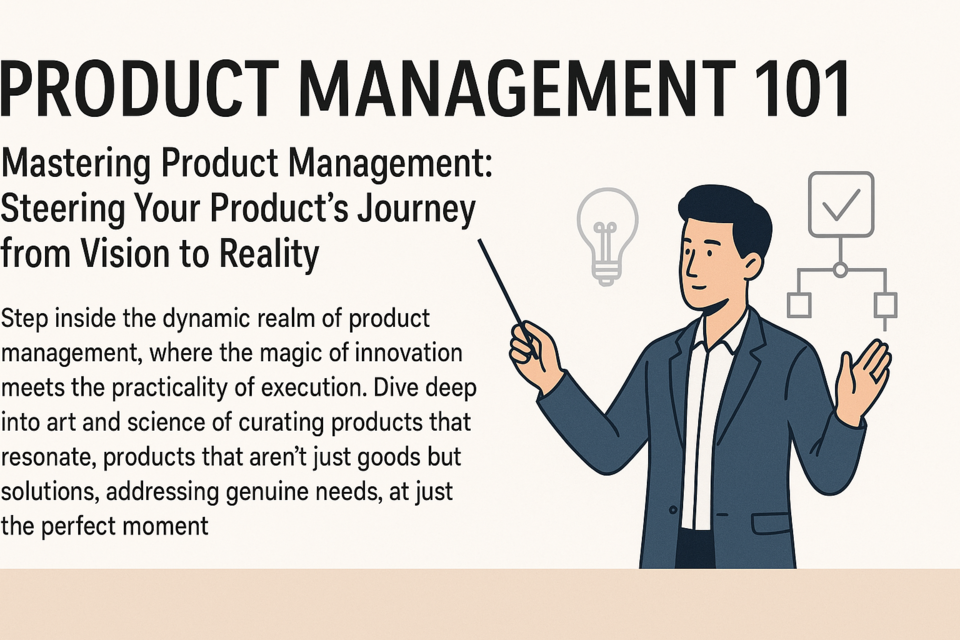In business, even a touch of creativity and innovation can be a wonderful resource. Many employers, when looking to fill open positions in their company, will actively look for applicants who are creative or who are able to think creatively. There are some who do underestimate their creative ability and may be convinced that they are not creative at all. In reality, they just need the right situation or the right topic for that spark to develop and for them to get started.1
The inclusion of creativity and innovation tends to serve as a catalyst for ideas. People use their creativity to analyze things, present ideas, solve problems, and inspire others. Business usually involves some kind of goal that needs to be achieved and the path to that goal isn't always as simple as "a" to "b". It could take dozens of retries, hours of work, and multiple test outcomes before the task is completed. It is the responsibility of the employees working on that task, either individually or as a group, the details of that pathway.
The idea surrounding creativity and innovation is that those who have it-and the companies they work for-will find success and thrive.2 While this has been largely backed up through years of businesses and companies acting on this thought, it is not the only way these things are valuable. Success tends to be the final outcome, after all the blood, sweat, and tears from hard work have dried up and the result at the end is presentable. It's the stuff that happens before that final product is done: thinking outside the box, solving problems, strategizing, transforming old ideas into something new, pulling something out of thin air and actually having it work. It's the fact that everyone has a different perspective that contributes to their thought process when they take on a challenge. Creativity and innovation's value lies in being the means to the end, rather than the end itself.3
Unfortunately, there are some who do not see it that way and will focus solely on the outcome that a bout of creativity or innovation generates. This is a pretty standard practice in society, as most of the time it's only the final idea or product that is being presented to the public and no one cares about how it came to be. Looking at the creative process-coming up with the idea, the trial-and-error of testing it out, the failures that came before the successes-isn't what people want, either because it's boring or too complicated for them to follow. Businesses that care only about the end result when it comes to creativity and innovation miss out on all the meaty good stuff that leads up to it.
Impact On Organizational Behavior
When creativity and innovation are properly fostered in a working environment, the business' organizational behavior tends to be rather positive. Around 69% of companies that support creativity amongst their staff have earned recognitions as a best place or one of the best places to work.4 Creativity can have difficulty thriving if the environment the person is in isn't suitable for it. Positive work environments, with a healthy culture, low stress levels, and plenty of motivation tend to work best for creativity and innovation to take root.
The impact on organizational behavior tends to reflect positively on other parts of the business. Good organizational behavior improves productivity and quality, as well as employee morale and teamwork. Especially teamwork, as there is no guarantee that a group will be in the same room at the same time to work on something and may seriously need creativity with the logistics of their collaboration. Cross-departmental work, for example, usually requires creativity and innovation in order for all the components to come together in a way that makes sense.5 Differences can be an obstacle that brings the whole group down if they don't approach it correctly.
One of the unique things about the impact of creativity and innovation is that the effects cycle back into the company in a continuous flow. Think of it this way: you foster creativity and innovation amongst the different branches of the business (more on that later) to get things started. It begins to reflect in the business' environment and culture, thereby positively affecting the company's organizational behavior. This is reflected through employee productivity and morale, resulting in employees who are not only happy with their work, but comfortable expressing their ideas and fostering their own sense of creativity. The creative atmosphere is maintained by this-unless something disrupts it-and through continued fostering. The behavior feeds into the productivity and the productivity feeds back into the behavior, over and over again. Eventually, it can be self-sustaining without too much of a push from management. It's an investment of sorts-one that can sometimes just cost time and effort-that can pay off in spades later on.
Businesses that encourage creative thinking often have it incorporated into their company practices and expectations. This is just one way of fostering or encouraging creative or innovative thinking and behavior in a business. A lot of the methods, including those listed below, are dependent on their execution in individual business environments. Employers are already familiar (or should be familiar) with the culture and atmosphere of their business, and can figure out how best to introduce these methods. In a way, you're sparking creativity with creativity.
- Encourage Individuality-Since each person is going to have their own creative process, one way to foster innovation and creativity is to encourage each person's own individuality. Remember that they are not simply cogs in a machine and that they have their own autonomy. Trust your employees and their ability to have control over their own actions and methods.6 In doing so, you'll be allowing them to find their own creative source.
- Encourage Collaboration-This may seem counterintuitive to the previous tactic but individuality and teamwork often get along quite well together when it comes to creativity. You have to keep in mind that a group is made of individual people who have their own strengths and weaknesses. What each person brings in to the team fills the gaps and the different perspectives generate different creative approaches.7 Collaboration allows those different approaches to come together and bounce off of each other, sometimes picking up the slack where one approach wouldn't. Creativity also works well with feedback, and that can be generated quickly through teamwork.
- Improve Communication-Communication has repeatedly been a requirement for the different components of organizational behavior to be successful. This is no different for creativity and innovation, which requires strong communication abilities for ideas and brainstorming to be shared and tested. The aspect of feedback mentioned previously is just one example. Creativity and innovation cannot thrive in an environment where there is poor communication, so making improvements to the communication within the business can help provide those necessary conditions.
- Give Enough Time-While some people are able to come up with ideas right on the spot with little time to think, that cannot be how creativity occurs all the time. Being able to think under pressure doesn't guarantee that the thoughts are going to be perfect or executable once they're applied. To foster innovation and creativity properly, you need to allow it some time to develop and grow into a feasible idea.8 A final product doesn't come out shiny and without faults; it starts as a rough concept and gets polished up a couple dozen times until it looks like something real.
- Be Supportive-So not every creative idea is going to be a winner, and there really isn't anything wrong with that. Unfortunately though, many companies choose to punish and dismiss creative failures; this puts a lot of extra stress of success and output, which can quickly kill creativity.9 Employers who do the opposite and are supportive of their employees, regardless of whether their ideas are a success, avoid doing that. Offering your support tells them that you stand behind them in their decisions and that you trust them to keep trying their best.10
- Give Credit Where Credit Is Due-Creativity thrives best when people are rewarded for their ideas, even if it's a simple "thank you" or "good job." That little bit of praise can do wonders to boost a person's morale and make them feel like they're on the right track. Properly giving someone credit for their work can also be another way of being supportive and expressing that you trust them. It's also a good idea to avoid generating issues between employees; wrongly attributing credit to a person who isn't responsible can cause tension. This can be especially true if there's the possibility that the person being credited stole or copied their work from someone else-that's not behavior you want to promote or encourage.
What NOT To Do
While you do have some free reign in how to foster creativity and innovation in a business, there are some ways that it can go wrong. Some of the means of fostering creativity and innovation listed above touched on some of the potential errors, but a lot of it can hinge on how you encourage that creative spark in the first place.
- Go Overboard On Competition-In moderation, competition can be a healthy inclusion in the workplace to foster creativity. Note that is says "in moderation." If you go too overboard in trying to get ideas out of people, things can turn seriously hostile. As a result, the motivation behind people's creative thoughts turns from doing the assigned task towards outdoing the person next to them. You can very easily generate ideas that are sloppy or turn out to be duds instead of well thought out solutions and successes, which can do a lot of damage to the business if it continues. Do not pit your employees against one another to a creative fight to the death because this isn't the Hunger Games.
- Try to Force It-No matter how desperately a business needs a boost in creativity, it shouldn't be something that is forced. Instead of getting ideas and new approaches from employees, you'll most likely get resistance and resentment. Not only does it show that you don't really care about your employees, but you don't have the patience to wait for results. Trying to force creativity and innovation in a business can also present itself as a halfhearted attempt to stoke change, which can lead to equally halfhearted results. In any case, it doesn't help anyone.
- Don't Say "Be Creative"-Simply telling employees to "be creative" isn't actually doing anything to build creativity and innovation in a business. If that is all an employer or manager-anyone in a position in leadership-does that, then it comes across as laziness to their employees. By sending the wrong message, it could signify that you either don't really care about or understand creativity and innovation, or that you possibly lack it yourself. People may also view it as employers simply wanting results without putting any effort into the situation themselves.
























